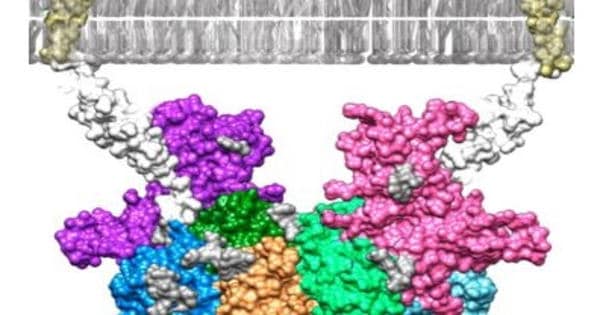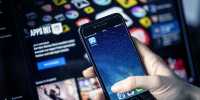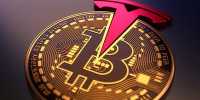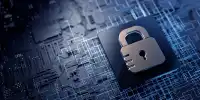The holy grail of high-speed, long-distance telecommunications is fiber optic technology. Nonetheless, with internet traffic growing at an exponential rate, researchers are warning of a capacity crunch. Researchers demonstrate how quantum-enhanced receivers could be critical in addressing this challenge. The researchers devised a method to improve receivers based on quantum physics properties in order to significantly improve network performance while lowering error bit rate and energy consumption.
As the name implies, fiber-optics technology uses light signals to transmit data over long distances, allowing data to travel at the speed of light. Optical fibers, which are long, thin strands of plastic or glass arranged in bundles, are used to transmit light signals, allowing for high-speed data transfer. Because of the difference in data transfer speed and minimal loss over long distances, the discovery of this technology is vastly preferred over conventional cable with a copper core.
Fiber optic technology is the holy grail of high-speed, long-distance telecommunications. Still, with the continuing exponential growth of internet traffic, researchers are warning of a capacity crunch.
Researchers from the National Institute of Standards and Technology and the University of Maryland show how quantum-enhanced receivers could play a critical role in addressing this challenge in AVS Quantum Science, published by AIP Publishing.
The researchers devised a method for improving receivers based on quantum physics properties in order to significantly improve network performance while lowering error bit rate (EBR) and energy consumption.
Receivers detect optical signals and convert them to electrical signals in fiber optic technology. The conventional detection process generates “shot noise” as a result of random light fluctuations, which reduces detection ability and increases EBR.
To address this issue, signals must be amplified continuously as pulsating light weakens along the optic cable, but there is a limit to maintaining adequate amplification when signals become barely perceptible.
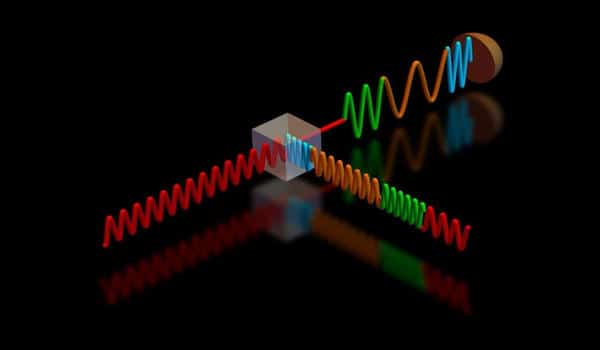
In laboratory settings, quantum-enhanced receivers that process up to two bits of classical information and can overcome shot noise have been shown to improve detection accuracy. In these and other quantum receivers, a separate reference beam with single-photon detection feedback is used, so that the reference pulse eventually cancels out the input signal, removing shot noise.
The researchers’ improved receiver, on the other hand, can decode up to four bits per pulse because it is better at distinguishing between different input states. They developed a modulation method and implemented a feedback algorithm that takes advantage of the exact times of single-photon detection to achieve more efficient detection. Despite the fact that no single measurement is perfect, the new “holistically” designed communication system produces increasingly accurate results on average.
“We studied communication theory and experimental techniques of quantum receivers to develop a practical telecommunication protocol that takes full advantage of quantum measurement,” author Sergey Polyakov explained. “Because we want the input signal to contain as few photons as possible, we maximize the chance that the reference pulse updates to the correct state after the very first photon detection, so the EBR is minimized at the end of the measurement.”
The study looks at how a conventional quantum-enhanced receiver was improved from processing two bits per pulse to four bits per pulse, increasing the ability to distinguish input from noise. To improve the efficiency of data detection, scientists devised a modulation method and implemented a feedback algorithm, which improves data transmission accuracy.
